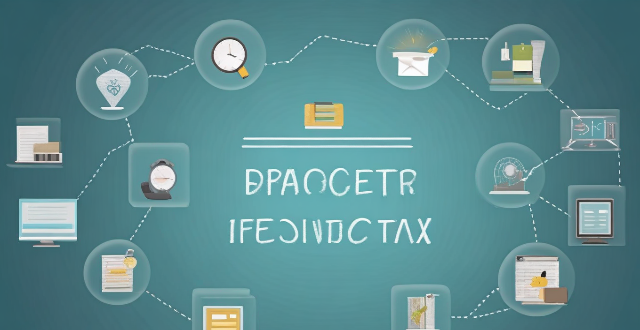The text discusses the impact of a carbon tax on low-income households, highlighting potential challenges such as increased cost of living and job losses, but also mentions mitigating factors like rebates and green job creation.

Impact of Carbon Tax on Low-Income Households
A carbon tax is a fee imposed on the burning of carbon-based fuels (coal, oil, gas). The primary goal of this tax is to reduce greenhouse gas emissions and combat climate change. However, the impact of a carbon tax on low-income households is a subject of debate among economists and policymakers.
Increase in Cost of Living
The most immediate effect of a carbon tax on low-income households is an increase in the cost of living. This is because these households spend a larger proportion of their income on energy bills than wealthier households. A carbon tax would make electricity, heating, and transportation more expensive, putting additional financial strain on low-income families.
Examples:
- Electricity Bills: Low-income households often live in less energy-efficient homes or apartments, leading to higher electricity consumption for basic needs like heating and cooling.
- Transportation: Public transportation may not be accessible or reliable in some areas, making owning a vehicle essential. A carbon tax could increase fuel costs significantly.
Potential Revenue Loss
If not implemented carefully, a carbon tax could also lead to job losses in industries that are major sources of carbon emissions. This could disproportionately affect low-income workers who are more likely to be employed in these sectors.
Examples:
- Manufacturing Jobs: These often pay decent wages but might be cut due to increased energy costs.
- Mining and Extraction Industries: These sectors could see reductions in workforce size due to decreased demand for fossil fuels.
Mitigating Factors
However, there are policies that can mitigate the negative effects on low-income households:
Rebates and Subsidies
Governments can introduce rebates or subsidies specifically targeted at low-income households to offset the increased costs of living. This ensures that the financial burden does not fall heavily on those least able to bear it.
Energy Efficiency Programs
Investments in energy efficiency programs can help low-income households reduce their energy consumption and, consequently, their expenses. This includes initiatives like weatherization assistance or providing more efficient appliances.
Job Creation in Green Sectors
Transitioning to a green economy can create new jobs that might be accessible to low-income workers. This includes positions in renewable energy installation, maintenance, and related industries.
Conclusion
While a carbon tax has the potential to exacerbate economic challenges for low-income households by increasing the cost of living and posing job security risks, thoughtful policy design can mitigate these effects. By implementing targeted rebates, promoting energy efficiency, and fostering green job growth, governments can ensure that environmental sustainability efforts do not come at the expense of economic equity for vulnerable populations.